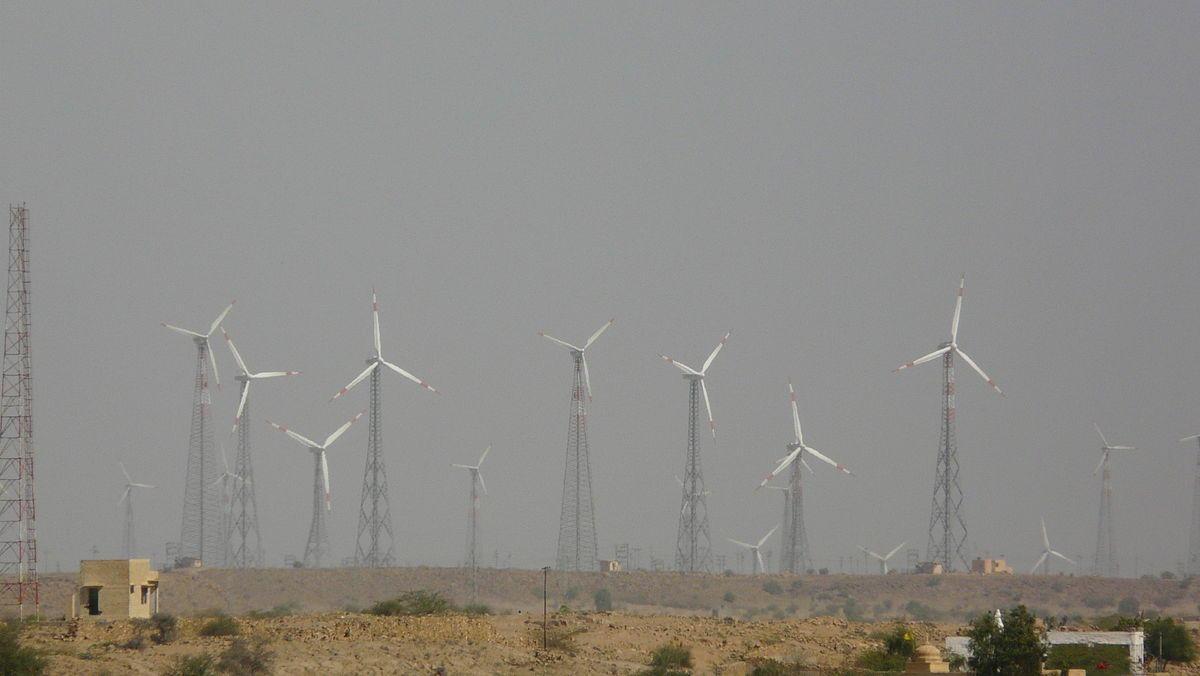Renewable energies in the Middle-East: technologies and objectives
Matthew Campbell

The International Renewable Energy Agency has predicted that as much as $87 billion can be saved by the Gulf countries by the lowering of their annual bills from oil and natural gas consumption if they achieve goals for renewables use by 2030.
Additionally, there can be creation of an average of 140,000 jobs a year if the targets set by the Gulf Cooperation Council for solar and other renewable energy are met. Among this 140,000 new jobs, more than 207,000 people could be employed in 2030 in the renewable sector along, says the Abu Dhabi-based Irena.
However, with Saudi Arabia, the largest of the GCC’s six member countries, delaying its target completion date for renewables by eight years to 2040, Bloomberg reported in its article titled “Gulf Countries Savings Put at $87 Billion with Renewable Energy” on January 20, 2016.
The 96 page Irena report shows that the savings of $55 billion to $87 billion by 2030 is equal to 2.5 billion barrels of oil equivalent. This adaptation to renewable energy systems can also help the Gulf countries to reduce carbon emissions 1 gigaton by 2030.
This seems to have been well understood by Gulf countries which are trying to find an alternative energy source. The United Nations Environment Program notes that most renewable energy investments have been made in the solar technology sector.
The impact is significant according to experts and the Irena says that solar power can account for 85 percent and waste-to-energy at 14 percent of renewables jobs in 2030 in the countries of Bahrain, Kuwait, Oman, Qatar, Saudi Arabia and the United Arab Emirates.
This is perhaps the reason that the waste to energy mode of renewable energy has gained significant importance in this region and especially in countries like Kuwait which is among the largest waste producers in the world.
Over the years there have been significant developments in the waste-to-energy sector ad technologies have evolved over the years. The technologies – while becoming more complex and expensive, are able to convert more of the waste to useful energy along with significantly reducing emissions of harmful gasses.
Among the Gulf countries, one if the highest per capita waste generator in the world is Kuwait despite it being one of the richest countries, says Salman Zafar in an article titled “Solid Waste Management in Kuwait” in the environment news website bioenergyconsult.com.
According to figures available from Irena, in this tiny Arab nation, more than 2 million tons of solid waste is generated every year. The major factors behind very high per capita waste generation of 1.4 to 1.5 kg per day have been the high standards of living and rapid economic growth.
Kuwait has astonishingly high number of landfills despite being a small country and the prevalent solid waste disposal method is landfill burial, says the article. 14 of the 18 landfill sites have had to be closed down and only 4 are operational and these landfills act as dumpsites, rather than engineered landfills.
The main challenge for Kuwait from the perspective of efficient management of these landfill sites, according to the Partnerships Technical Bureau (PTB), which was established in 2008 and serves as the main body responsible for PPP projects implementation, is that they poses a growing environmental threat due to ground water contamination and leaching and there is limited landfill capacity available. This has given rise to increased usage of illegal dumpsites.
This had prompted the Kuwaiti government to undertake an ambitious and one of the largest projects in the world to recycle waste into energy at Kabd area, 35 km away from Kuwait City. According to the Partnerships Technical Bureau of Kuwait, the project utilizes the latest technology to treat municipal solid waste and is aimed to generate alternative power sources to be purchased by the Ministry of Electricity and Water in addition to protect the environment and land resources.
The Partnerships Technical Bureau of Kuwait says that the site will provide a number of services including treatment using incinerators for generating electricity, and landfilling the ash from the remains of the incineration. The project is expected to receive 50% of total municipal solid waste produced in Kuwait, says PTB. Work on the project is expected to start soon this year with contract awards expected to be given away in July 2016, reports the Kuwaiti news website - thebig5hub.com.
Similar projects have already been very successful elsewhere. For example, the waste to energy project at Baku in Azerbaijan, which was handed to the French engineering company CNIM, is a shining star in a country that has a poor environmental record. The superior technology used by CNIM has made the Baku waste-to-energy plant has eco-performance levels beyond what the European Union, famous for its high standards, expects from its own member-countries, reports Jay Hall, journalist at BrooWaha, an international news website. The company even provides “a complete range of flue gas treatment processes that are available within the framework of the European repository BAT -Best Available Technologies- in order to eliminate the pollutants that are present in combustion gases”.
While these waste to energy projects are complicated and fall just short of constructing and running a nuclear power plant, the benefits outweigh the costs with enhanced technologies.



